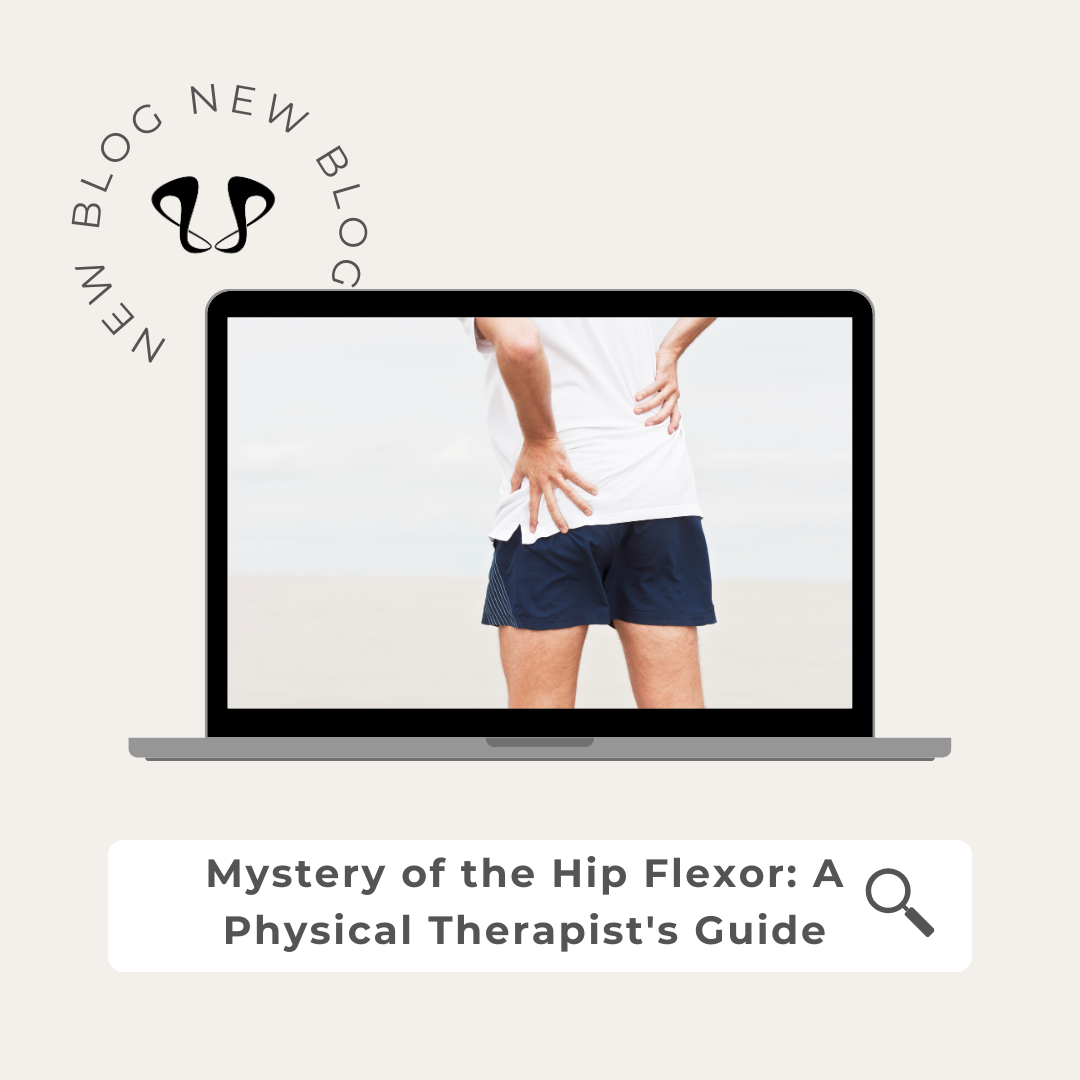Understanding Your Hip Flexors
Hey there! If you’re here, chances are you’ve heard about hip flexors and want to know what the fuss is all about. As a physical therapist, I’m excited to discuss this topic and help you understand the importance of these often-overlooked muscles. So, let’s get started!
What Are Hip Flexors?

If you are wondering what Hip flexors are, these are a group of muscles that play a crucial role in the movement and stability of your hips. The main players in this group include:
- Iliopsoas: These are two muscles (the iliacus and psoas major) that work together. They are the primary hip flexors responsible for flexing the hip and stabilizing the trunk.
- Rectus Femoris: Part of the quadriceps group.
- Sartorius: The longest muscle in the human body.
- Tensor Fasciae Latae: Helps stabilize and move the hip.
These hip flexor muscles are responsible for lifting your thigh towards your torso (think of when you’re walking, running, or even just sitting down). They flex the hip and are involved in movements such as kicking and bringing the knee closer to the chest. Without them, basic movements would be a real struggle.
If you’re interested to know the Symptoms of a Hip Flexor Pain, click the link now!
Why Are Hip Flexors Important?
Your hip flexor muscles are involved in virtually every lower body movement. From walking and running to jumping and even standing, they are constantly at work, particularly during hip flexion. It is important to exercise and strengthen the hip muscles to prevent strain and injury. They also play a key role in maintaining proper posture and balance. When these muscles are functioning well, they provide the stability needed for smooth, pain-free motion.
Common Problems with Tight Hip Flexors
Like any muscle group, hip flexors can run into problems. Here are a few common issues:
- Tight Hip Flexors: Often caused by prolonged sitting or insufficient stretching. Sitting for long periods can lead to tightness and functional problems in the hip flexor muscles. Symptoms include lower back pain, hip pain, and even knee pain.
- Hip Flexor Strain: This occurs when the muscles are overstretched or torn. A hip flexor strain occurs commonly among athletes involved in sports like soccer, running, and martial arts. Symptoms include sharp pain, swelling, and limited mobility. Hip flexor strains can also result from sitting for long periods or engaging in activities involving repetitive leg movements.
- Hip Flexor Weakness: This can lead to compensatory issues in other parts of the body, like the lower back or knees.
Stretching and strengthening hip flexors can help prevent hip flexor strains, stay mobile, avoid pain and stiffness in the hips and back, improve posture, and prevent injuries. Click the link to how to manage hip flexor pain.
How to Keep Your Hip Flexors Happy
Now that we know what hip flexors are and why they’re important, let’s talk about hip flexor exercises to keep the hip flexor muscle in tip-top shape.
Hip Flexor Stretches
Regular stretching, including hip flexor stretches, can prevent tightness and improve flexibility in the hip flexor muscle. Here are a few of my favorite stretches:
- Kneeling Hip Flexor Stretch: Kneel on one knee, the other foot in front, and gently push your hips forward.
- Pigeon Pose: A yoga pose that targets deep hip flexor and glute muscles.
Strengthening
Strengthening exercises like straight leg raises can improve the function and endurance of your hip flexor muscle. Try these:
- Leg Raises: Lying flat, lift one leg towards the ceiling while keeping the other leg straight.
- Mountain Climbers: A dynamic exercise that targets multiple muscle groups, including the hip flexor muscle. Keep the knee bent during the exercise to target the hip flexors effectively.
Proper Posture
Maintaining good posture can alleviate unnecessary stress on your hip flexors. Sit and stand with your back straight, and shoulders back, and avoid crossing your legs for extended periods.
When to Seek Professional Help for Hip Flexor Strain
Sometimes, despite our best efforts, we need a little extra help. If you’re experiencing persistent pain or discomfort in your hip flexors, it’s a good idea to consult with a physical therapist. We can provide a tailored treatment plan to address your specific needs. For questions and inquiries, you may avail a FREE 15-minute teleconsultation at www.pelvis.nyc.
Final Thoughts
Your hip flexors are essential for everyday movements and overall well-being. By understanding their function and taking steps to maintain their health, you can prevent issues and keep moving comfortably. Remember, a little TLC for your hip flexors can go a long way!
If you have any questions or need personalized advice, don’t hesitate to reach out. As a physical therapist, I’m here to help you move better and live better. Keep those hips happy, folks!

